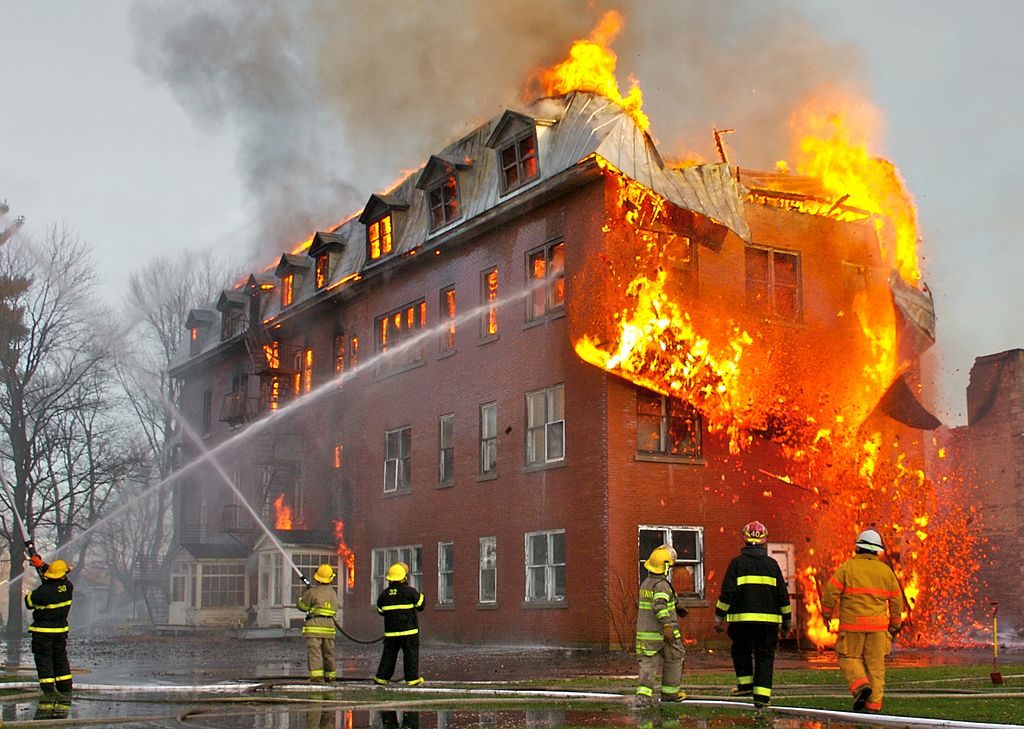NSF-funded study looks to improve navigation inside burning buildings

Firefighters depend on their ability to safely navigate their way through burning structures. Texas A&M University faculty-researcher Jing “Eric” Du aims to make navigation easier and safer through research funded by a $220,000 grant from the National Science Foundation (NSF).
“Every year, many firefighters are injured or die because they become lost in complex structures like hospitals and airports,” said Du, the study’s principal investigator and an assistant professor in the Department of Construction Science at Texas A&M University’s College of Architecture. “There is an urgent need to help firefighters navigate these spaces in their missions.”
He will use virtual reality technology to help understand cognitive overload, which occurs when smoke, fire and stress combine to thwart a first responder’s sense of direction.
In collaboration with research partners at Northeastern University as part of a larger $420,000 NSF-funded project, Du will create a virtual-reality model simulating a fire in a 12-story hospital including smoke, water leaks and explosions. College Station and Boston firefighters will perform virtual search-and-rescue missions in the simulation while their pulse rates, brain activities and other vital data are recorded to measure when cognitive overload occurs.
The project will result in an open-source wayfinding information system with an online course where users will be able to discover and improve their cognitive load limits and become better prepared for hazardous structure wayfinding.
The system can tailor the way spatial information is presented based on the real-time cognitive load of the user, measured by neurobiological and physiological data. It will also be personalized to what each responder would see in the line of duty.
“The ultimate goal is to reduce firefighter injuries and fatalities and improve their mental health over the long term,” Du said.

